
Château de Musset and Château Chêne-Vieux are located in the heart of the Bordeaux vineyard, and more precisely in the « Libournais ». They each belong to a Protected Denomination of Origin (PDO): The château de Musset is a Lalande de Pomerol and the château Chêne-Vieux is a Puisseguin Saint-Emilion. This geographical situation drives us, naturally, to respect the Bordeaux tradition to produce typical wines from this prestigious region.
We are also committed to sustainable viticulture and offer wines produced with respect for the environment. Certified HVE 3, the highest level of the “High Environmental Value” label, our vineyards contribute to cultivating agricultural biodiversity and preserving soils.

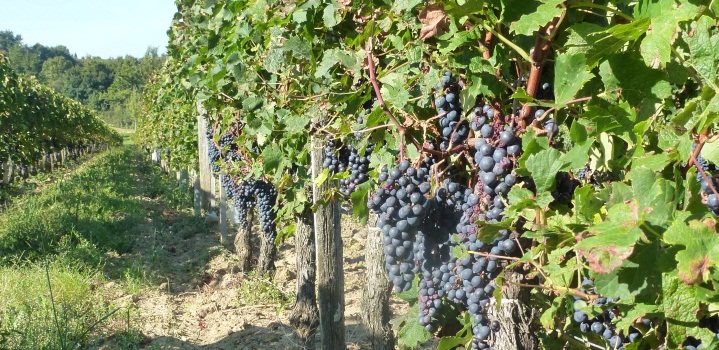
VINEYARD AND VITICULTURE
The main vine varieties of the Bordeaux region are represented: mostly merlot, some cabernet-sauvignon and in smaller quantities cabernet-franc, and malbec (or pressac or cot). The vines, which are approximately 30 years old, are tied and pruned in single guyot.
During the whole year, the work in the fields (pruning, woodcutting, wood disposal, rising, removal of surplus shoots, lifting, leaf stripping, thinning out, cropping, etc.) are fulfilled by men and women trained to the specificities of the “terroir”, mastering the most modern techniques and tools.

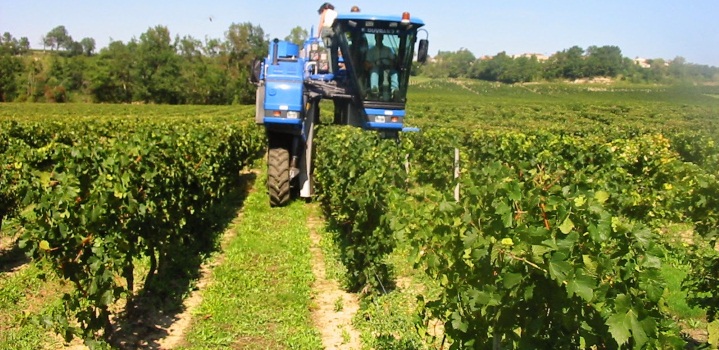
HARVEST
The vines are harvested from their fourth leave (three years after their plantation). The mechanical harvesting allows us to crop each plot on the day of its best maturity. This maturity is determined by the daily analysis of grape sampling, done before the harvest. It usually happens between mid-September and mid-October. The grapes are then selected, treaded and put in vat.

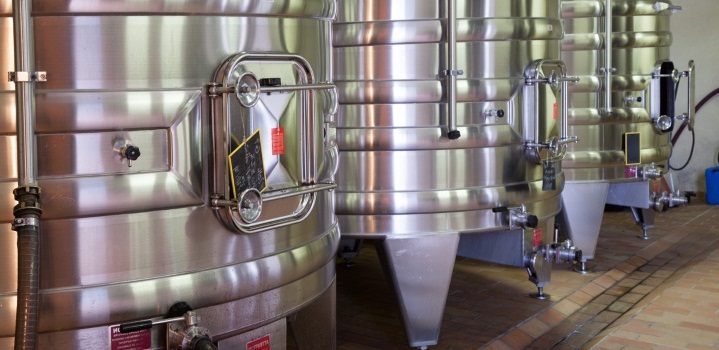
ALCOHOLIC FERMENTATION AND PRESSING
The « cuvaison » lasts between 3 and 4 weeks and takes place in inox vats. It is during this time that the alcoholic fermentation takes place (transformation of the sugar in alcohol) thanks to the action of the yeasts, for which the control of the temperature is crucial. Our electronic thermoregulation device is therefore an essential factor in the control and the quality of the vinification process. At the end of the alcoholic fermentation, the vats are emptied and the wine called « of gout » is collected. The remnants left behind are pressed to obtain the « press » wine, which could be added to the wine of gout to give it more consistency.

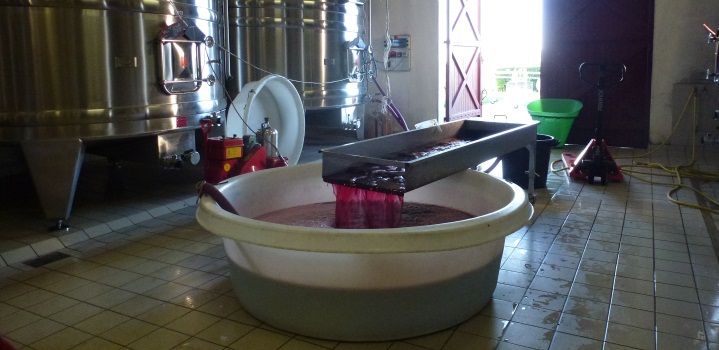
MALOLACTIC FERMENTATION AND SEPARATION OF THE SEDIMENTS
A second fermentation will allow the stabilisation of the wine: the malolactic fermentation, in which the malic acid will transform into lactic acid. Several decantations following each other allow the wine to get clearer. The sediment, present in the bottom of the vat, is then separated and sent to the distillery.

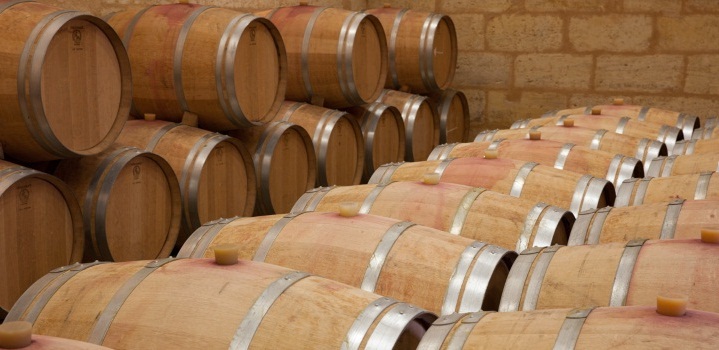
AGEING
The wine is then aged either in barrels (for the best blends) or in vats, for at least one year in naturally ventilated wineries. The barrels, all in french oak staves, are renovated by a third every three years. The following step, the « collage », allows us to get rid of the particles still in suspension in the wine: a protein-containing substance is introduced (egg white in the old days) which, by flocculating, precipitate them at the bottom of the vat.

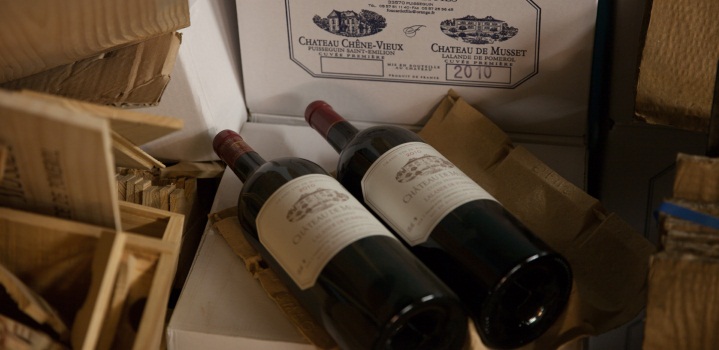
ASSEMBLY AND BOTTLING
After the tastings and analysis of each vat, the best and the most complementary ones are selected and blended to form our « cuvée première » (reserve wine). We then proceed to the bottling, the last delicate step. It is done at the château, generally during the month of March or April, around one year and a half after the beginning of the harvest. Then, there is still two to ten years to wait, according to the vintage, to drink the wine at its best.
